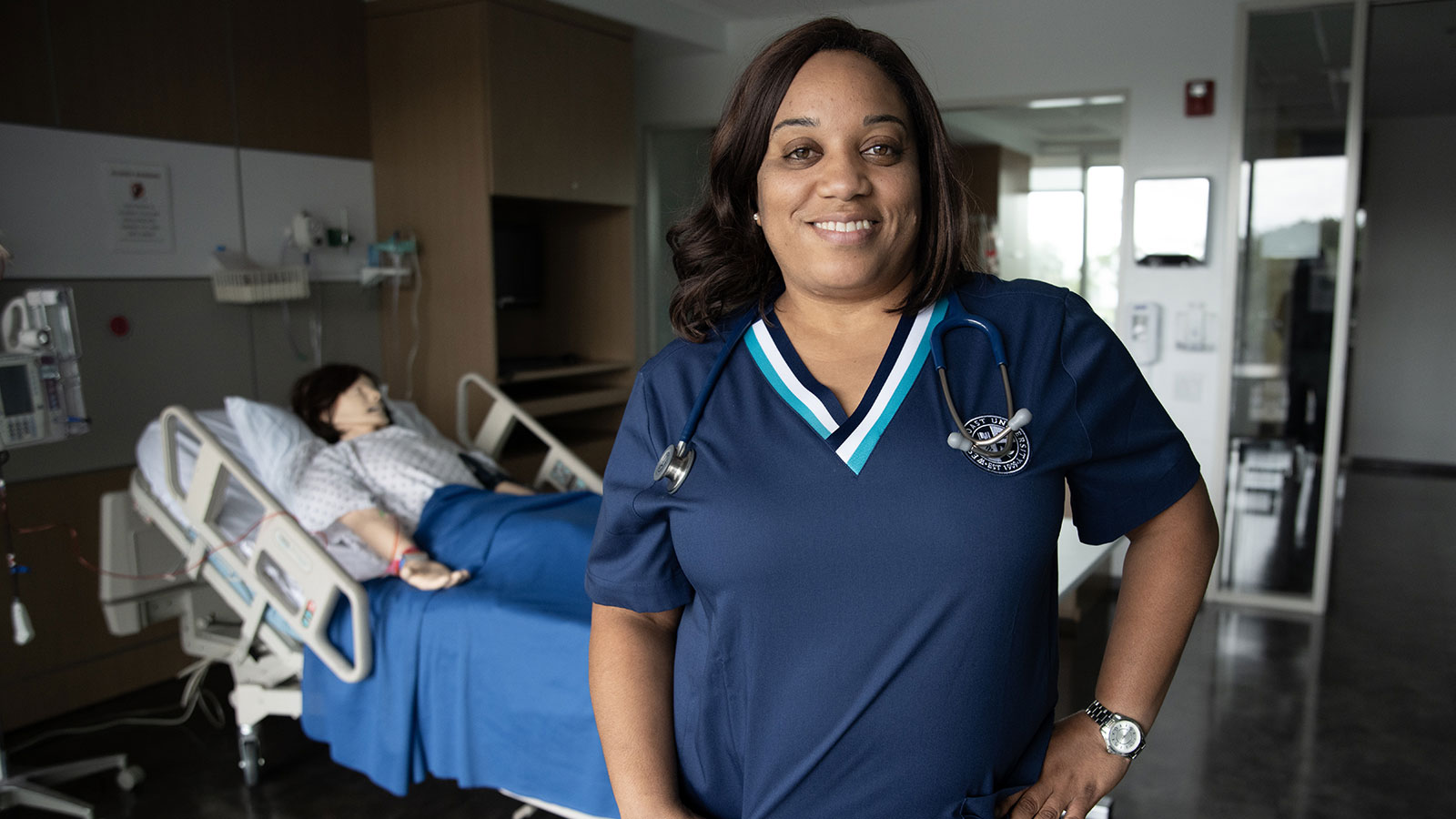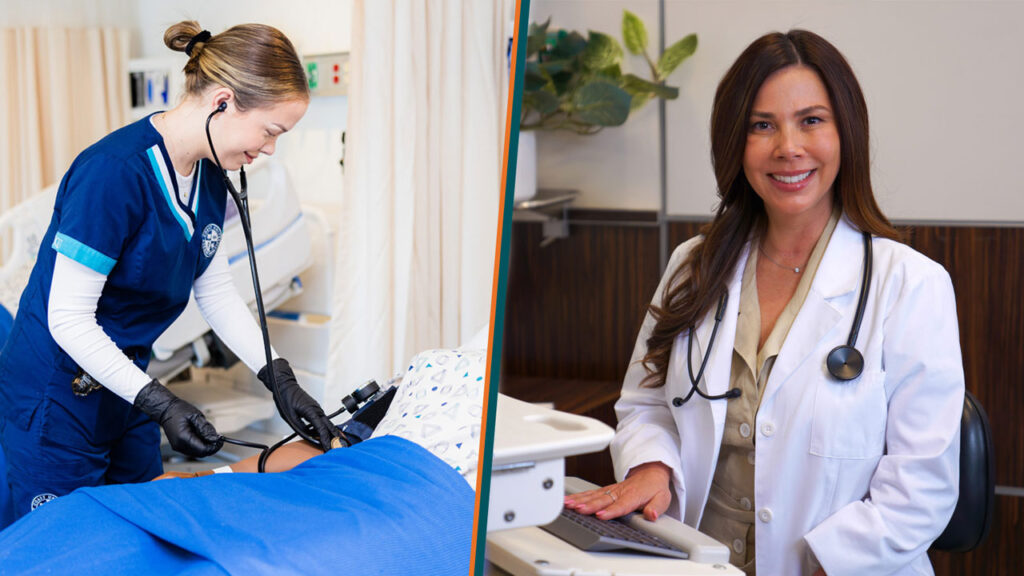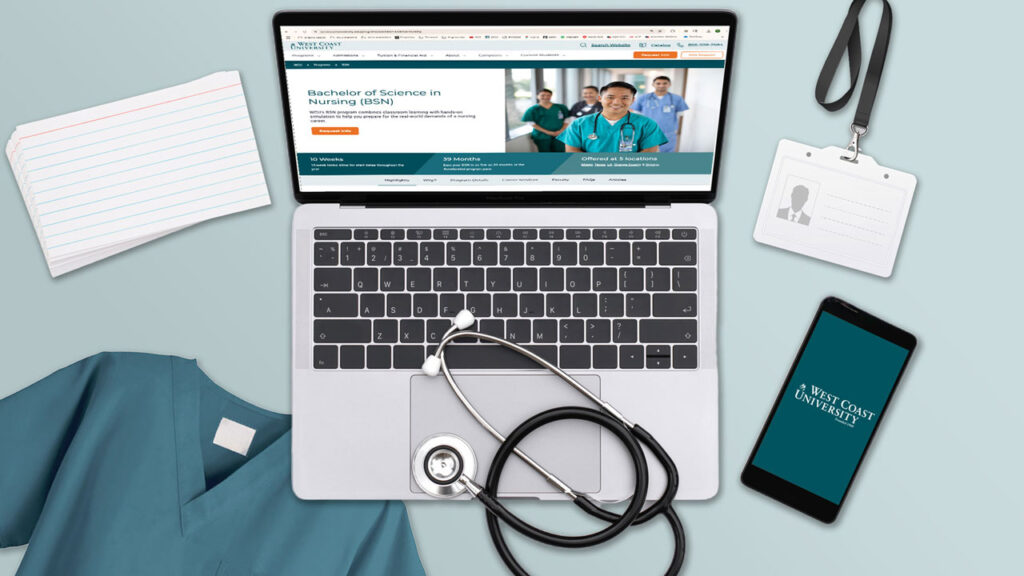The best nurses consider themselves life-long learners, constantly seeking ways to expand and improve their skills. They advance their education in order to provide more comprehensive care to their patients.
If you’re ready to take that next step and become a registered nurse, this handy guide can help you figure out where to start. Check it out!
LPNs and RNs: What’s the difference?
LPNs are licensed practical nurses, also called licensed vocational nurses (LVN) in some states. They focus on providing basic medical care, performing a variety of tasks that often focus on the patient’s comfort and health. For example, they might:
- Monitoring vital signs
- Changing bandages
- Helping patients bathe or dress
- Reporting progress to registered nurses or doctors1
Registered nurses (RNs), meanwhile, generally have a broader scope of responsibilities. In addition to basic medical care, they can also:
- Assess patients’ conditions
- Set up plans for patients’ care
- Collaborate with doctors and other healthcare professionals
- Operate and monitor medical equipment
- Teach patients and their families how to manage an illness or injury2
You can read more about the different levels and degrees available within nursing on our blog, Different Nursing Paths for Nurses Who Never Stop Learning!
How do I become an RN?
To become an RN, students must earn either their associate or bachelor’s degree in nursing. Once they have their degrees, they must then pass the NCLEX-RN licensure exam, which tests whether they are equipped for the job.
If you want to go from an LPN to an RN license, the first step is to find a degree program that fits your needs. Look for schools that allow you to leverage your existing LPN education and experience to help streamline your path towards registered nursing. Here are some questions to ask when considering degree programs:
- How long will it take me to earn my degree?
- Can I transfer credits from my LPN education?
- Will I be able to balance my schoolwork with my nursing job?
Below, we’ll provide a break-down of the WCU programs that can help you reach your goal of becoming an RN!
Associate Degree in Nursing
Our Associate Degree in Nursing program is offered out of our WCU-Miami campus. The LPN to ADN pathway allows students to transfer eligible credits towards their degree. Here’s what you need to know:
| Traditional ADN | LPN to ADN Pathway | |||
| ADN | ADN (with maximum GE transfer credits) |
ADN (with 12 LPN transfer credits) |
ADN (with maximum LPN + GE transfer credits) |
|
| Time to Completion | 20 months | 17 months | 17 months | 12 months |
| Program Credits | 67 credits | 46 credits | 55 credits | 38 credits |
| Where is it available? | WCU-Miami | WCU-Miami | WCU-Miami | WCU-Miami |
| NCLEX Licensure Preparation | ✓ | ✓ | ✓ | ✓ |
LVN/LPN to Bachelor of Science in Nursing
Our LVN/LPN to BSN program bridges the gap between your LPN education and a bachelor’s in nursing. LPNs are able to apply their previous experience towards their degree. Here’s what you need to know:
| LVN/LPN to BSN (Accelerated Pace) |
LVN/LPN to BSN (Evening and Weekend Pace) |
LVN/LPN to BSN (Working Professional Pace) |
||
| Time to Completion | 34 months | 39 months | 49 months | |
| Program Credits | 120 credits | 120 credits | 120 credits | |
| Where is it available? | Florida, Texas, and California | WCU-Miami | WCU-Miami | |
| NCLEX Licensure Preparation | ✓ | ✓ | ✓ | |
*Multiple program paces available so you can find the schedule that works for you.
Taking the First Step
Are you ready to begin your journey towards your RN education? We’re here to help. Start by scheduling a campus tour. You’ll be able to explore our facilities and get to know our nursing programs.
We look forward to helping you reach your full potential!
1Bureau of Labor Statistics, U.S. Department of Labor, Occupational Outlook Handbook, Licensed Practical and Licensed Vocational Nurses
2 Bureau of Labor Statistics, U.S. Department of Labor, Occupational Outlook Handbook, Registered Nurses
WCU provides career guidance and assistance but cannot guarantee employment. The views and opinions expressed are those of the individuals and do not necessarily reflect the beliefs or position of the school or of any instructor or student.



